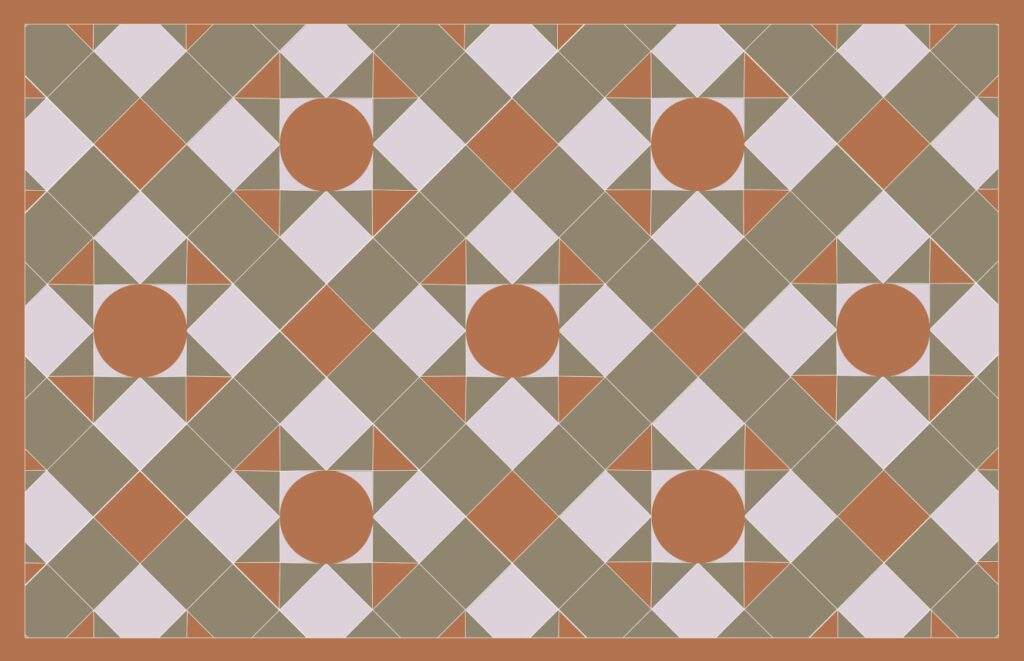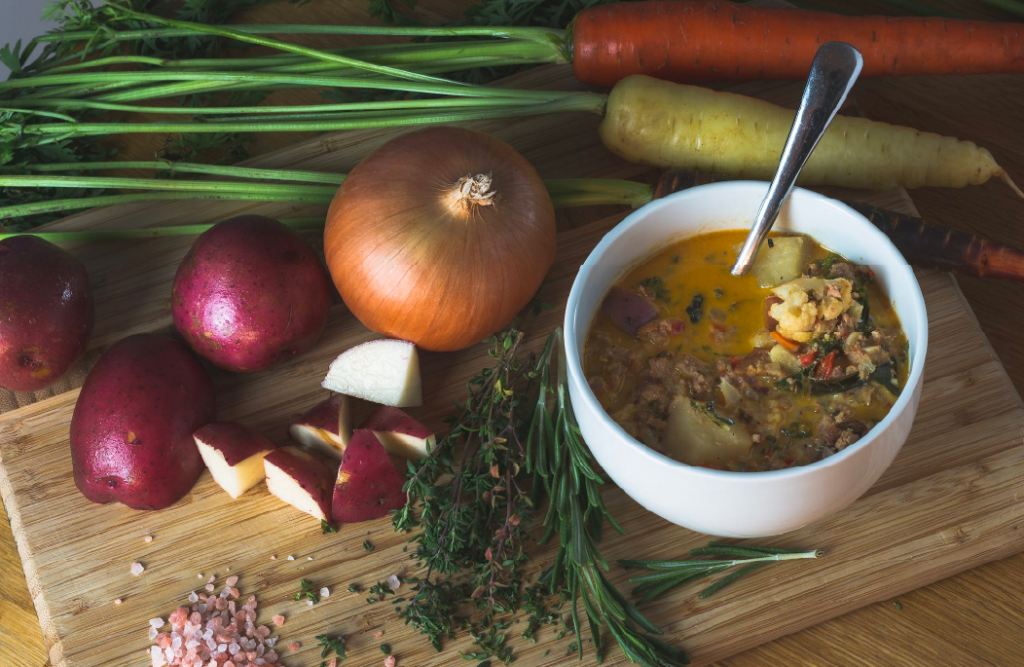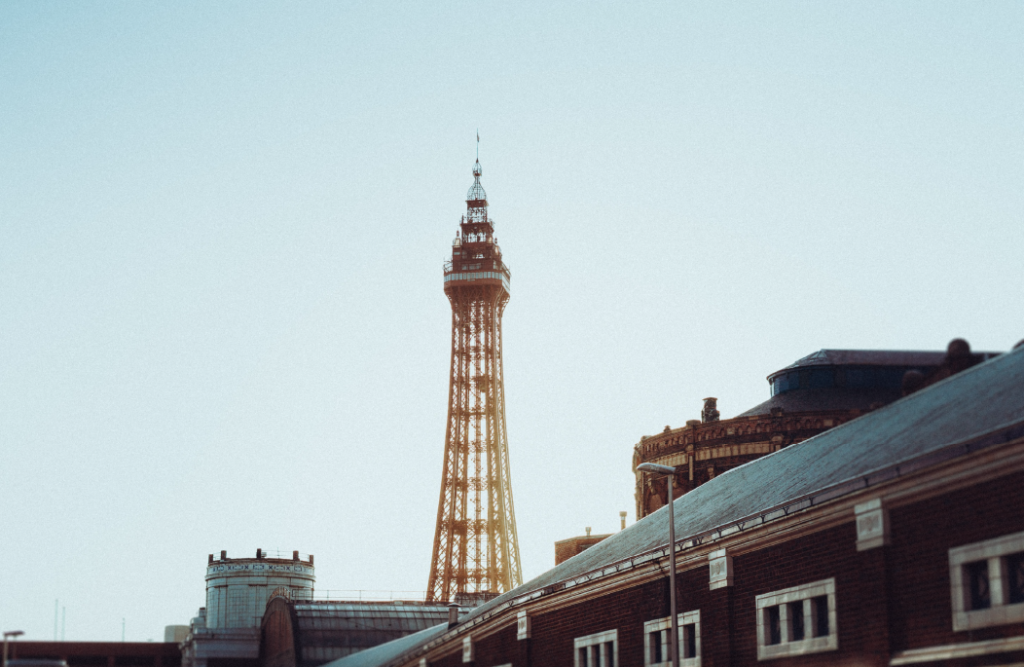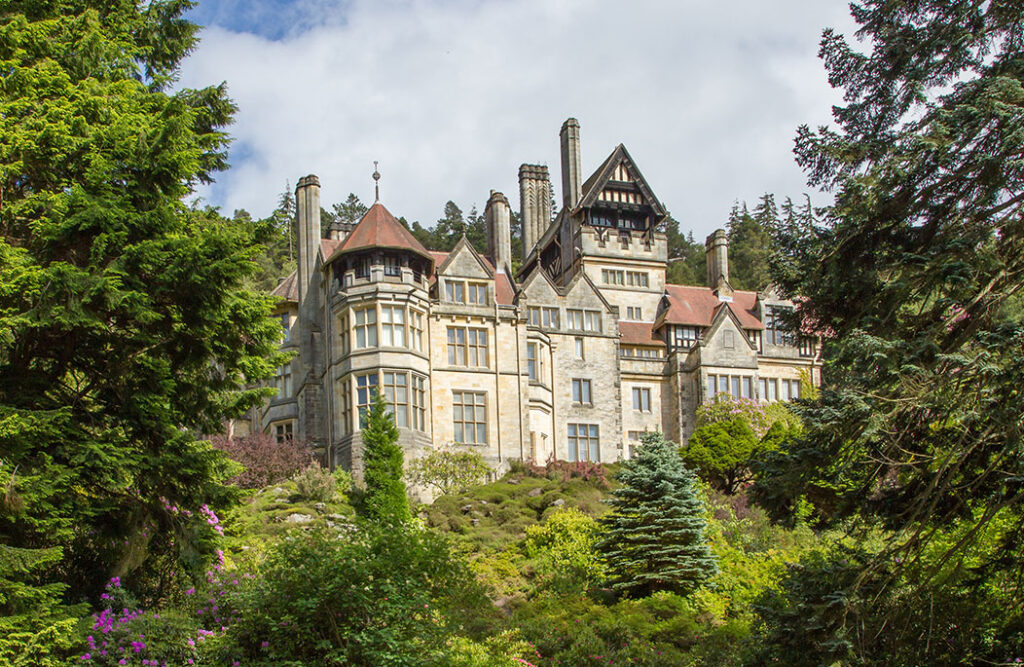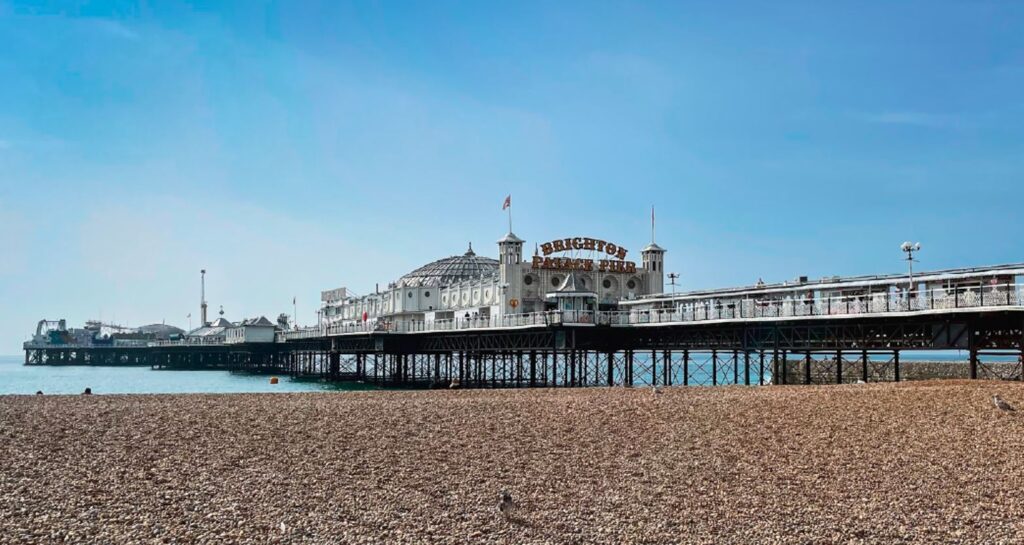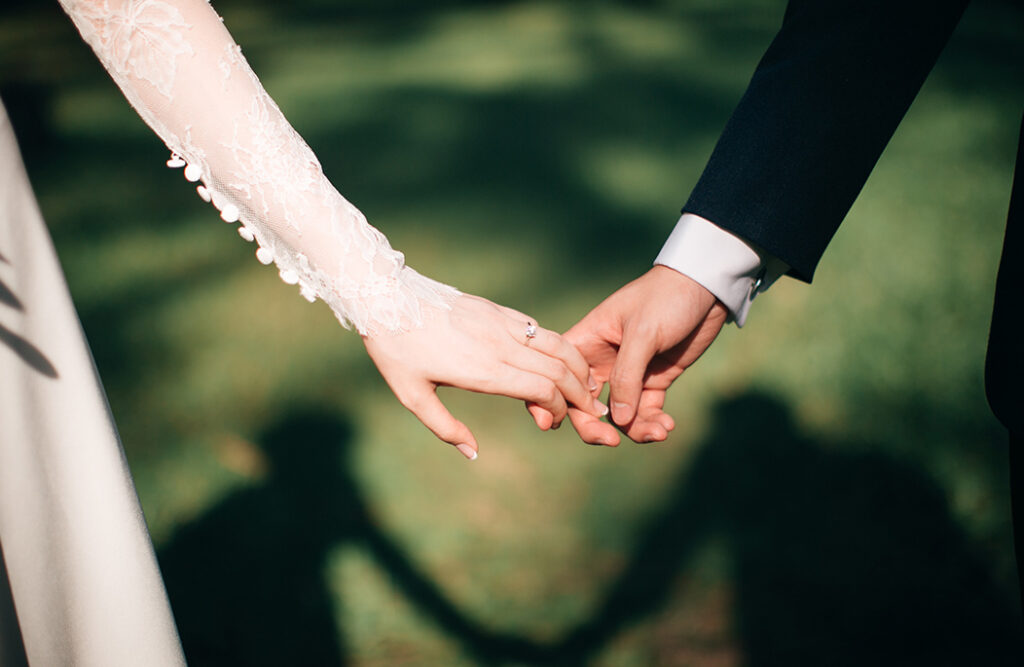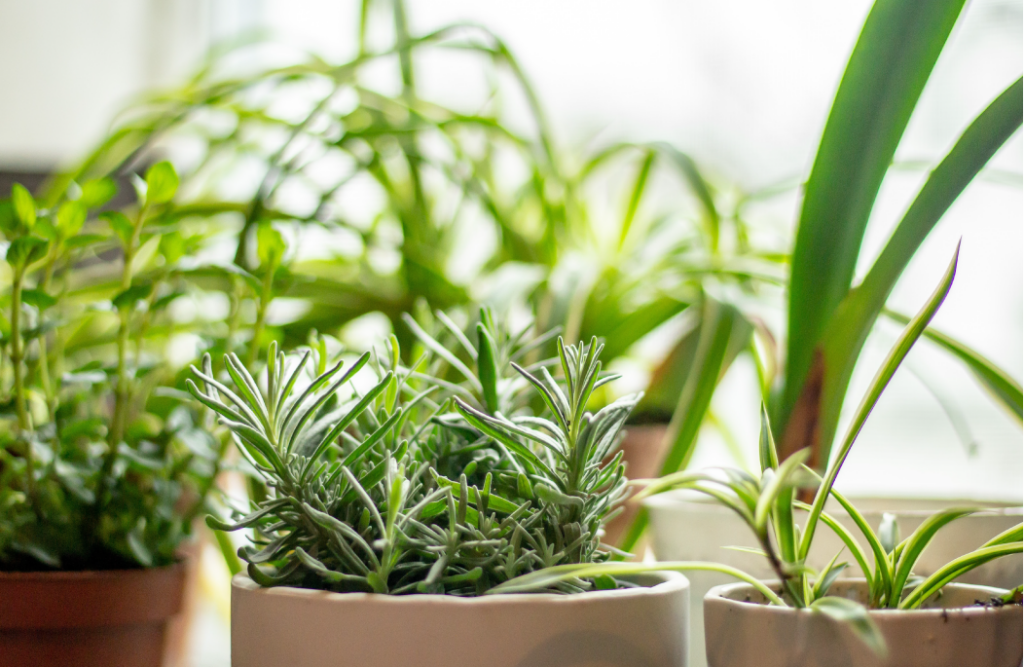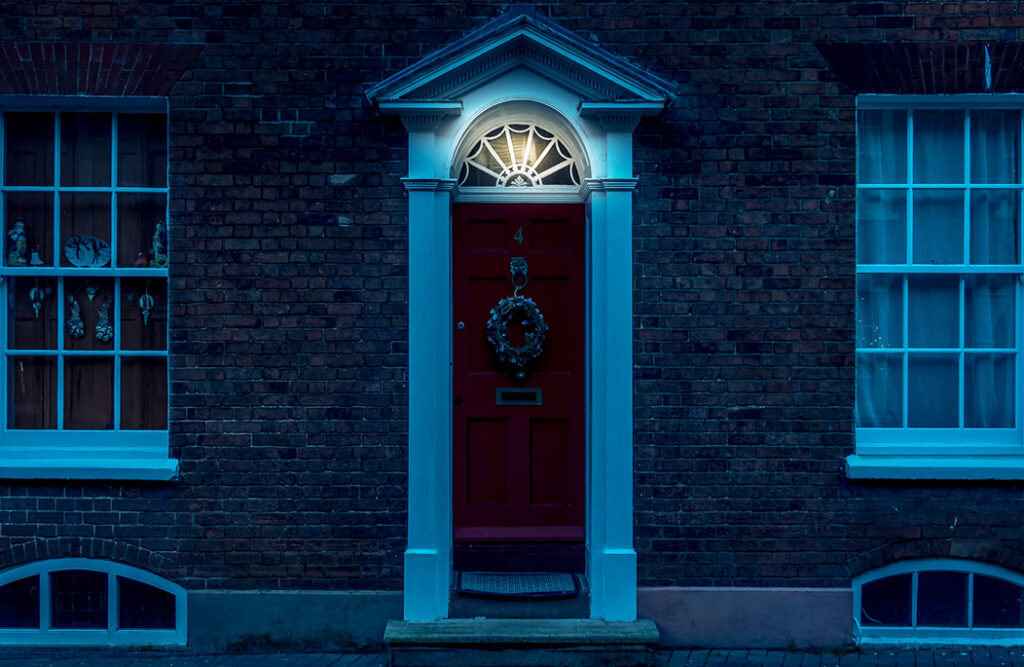Before Victoria ascended to the throne in 1837 Easter had been a rather pious and austere affair with great emphasis on Lent and fasting. That all changed with the new young Queen; in celebration, the Victorian Easter became a time for fairs, bonnet parades, bunnies, bonhomie and lavish celebration.
Here are 10 traditions to turn your spring festival into a Victorian Easter holiday.

1. Send Victorian Easter cards
Victorians loved corresponding by mail and the advent of the uniform one penny postage rate in January 1840 made it a very economical way of staying in touch with loved ones, no matter where they lived in the country.
During the latter half of the 19th century, publishers began designing writing stationery with festive images and Easter greetings. Before long, it was de rigueur to exchange brightly coloured Easter cards.
These could be bought quite cheaply but many preferred to make their own Victorian Easter cards with spiritual images such as lambs and crosses or bunnies and eggs on brightly colored paper.
Today, Easter is the fourth most popular greeting card holiday, behind Christmas, Valentine’s Day, and Mothers’ Day.
2. Decorate with flowers
Easter was always the holiest day of the Christian calendar as it marks Jesus Christ’s resurrection from the dead. There was standing room only in most churches, which would have been decorated with beautiful pride-of-place floral arrangements featuring lilies, tulips, pansies and lilacs.
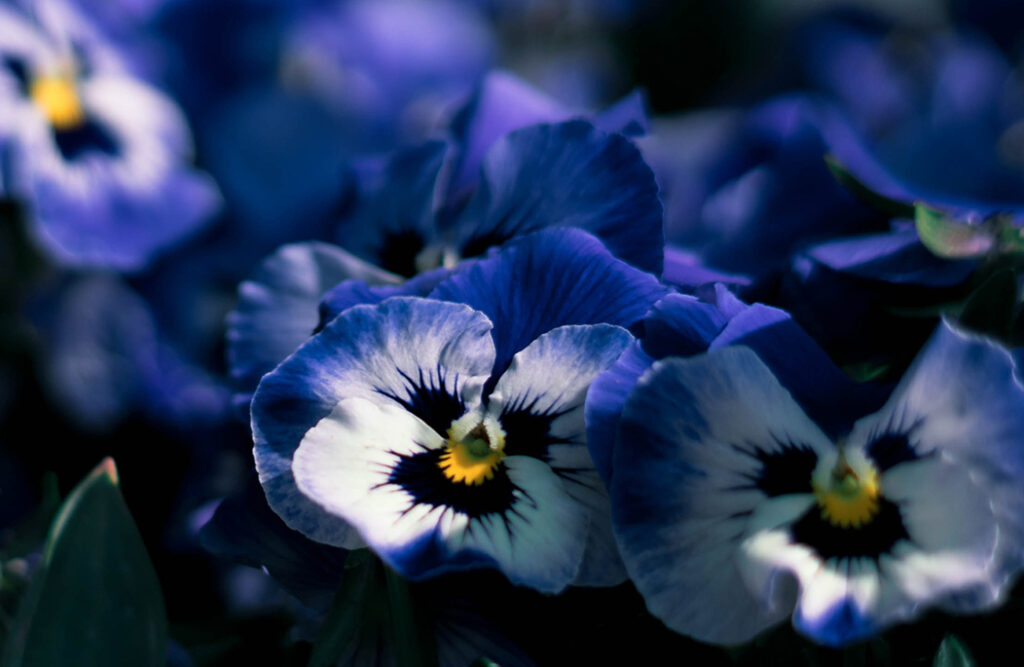
3. Celebrate Easter at home
Homes were also decorated with elaborate floral arrangements, this time featuring simple flowers and blossom cut from the woodlands, meadows and hedgerows. Women also created lace and beadwork in flower designs to cover tables and shelves.
download the full victorian homes ebook
Download Victorian Homes, a free ebook created by Adrian Flux insurance services. It is full of Victorian house facts, tips on how to create a Victorian style house — even if you live in a new-build home — and advice on where to source original Victorian and reproduction fixtures, fittings, furniture, accessories and art.
4. Celebrate with the Easter bunny
The Easter bunny seems to have been imported to Britain from the United States by way of Atlantic-hopping German and Dutch Lutherans.
Much as Santa Claus does with his gifts at Christmas, the Victorian Easter bunny distributed coloured eggs to well-behaved children. It being a spring festival, the Easter Bunny didn’t come down the chimney but left his treats hidden in the gardens of Victorian homes.
5. Make hot cross buns
The hot cross bun became a Victorian Easter treat – though today you can buy them all year round. They don’t have to be eaten hot but they should be cut and spread with butter.
The hot cross bun contains raisins, mixed spices and candied peel. They have a cross on top that’s made of almond paste or shortcrust pastry. They were regarded as a post-Lent treat and traditionally eaten on Good Friday.
The old 18th century rhyme is still widely known today:
Hot cross buns! Hot cross buns! One a penny, two a penny, Hot cross buns! If you have no daughters, give them to your sons. One a penny, two a penny, Hot cross buns!
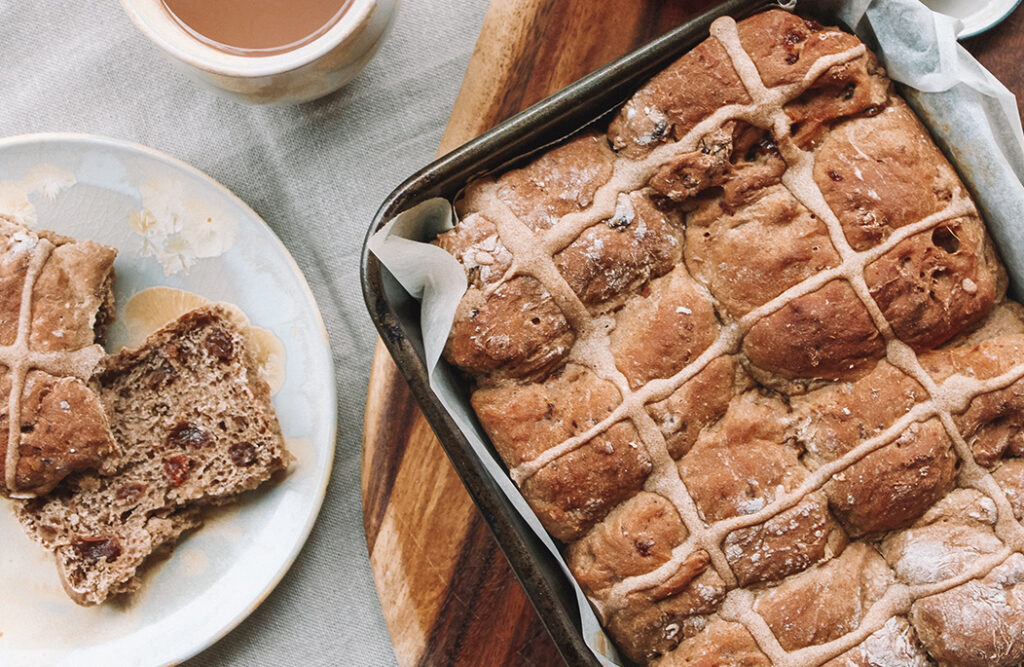
6. Eat simnel cake
The simnel is the traditional Victorian Easter celebration cake. It is a light fruit cake with a marzipan layer in the middle and a marzipan layer on top, and it is decorated with 11 marzipan balls, or eggs, representing Jesus’s disciples minus the traitor, Judas Iscariot.
The simnel cake is then grilled for a short while and can be decorated with cut wild flowers to serve.
Like so many of our traditions, the simnel cake seems to have originated in Germany and been popularised in Britain by the royal families.
7. Victorian Easter painted eggs
Just as they do today, children loved their Victorian Easter. They would dye hens’ eggs using cranberries, beets, oranges, and lemon peel.
Just like the Christmas tree, Easter egg hunts and the egg roll was introduced by Germans to England during the 1800s.
Children would participate in both egg rolling and egg hunts and the winner would receive a special prize. Some Victorian egg hunts included cardboard eggs lined with fabric and containing candy.
8. Buy chocolate eggs
This is a Victorian Easter tradition that we all want to keep up! Cadbury began distributing solid chocolate eggs in 1842. Today, more than 80 million boxed chocolate shell eggs are sold at Easter, not to mention all the Creme Eggs and Mini Eggs that are consumed.
9. Make a Victorian Easter feast
Easter was a festival after all, and the Victorians loved their feast days. Ham or lamb was served as a treat on Easter Sunday and paired with local vegetable dishes.
So as not to waste the eggs from the egg hunts, a variety of egg dishes were also introduced to these meals.
10. Debutante balls
The Victorian spring season began with Easter; events and celebrations continued right through into early summer. The highlight of the social season was the debutante ball, where young women were presented to society and eligible suitors.
Debutante balls have fallen out of favor in recent decades, but it is believed that the popularity of the white wedding gown was born out of the white silk debutante court gown worn for these events. The whiter and brighter the better!
Looking to insure your Victorian Home?
Adrian Flux is a specialist insurance compnay offering bespoke cover for all period and Victorian homes. Call 0800 369 8590 got a fast and hassle-free quote.
Our home insurance customers saved an average of 31% in 2021 when taking out a policy with us. See how much you could save by giving us a call.


